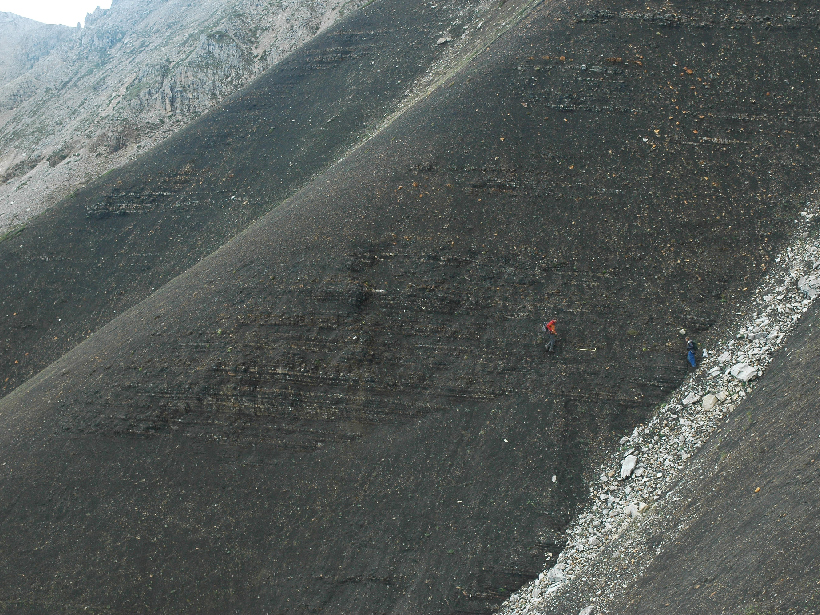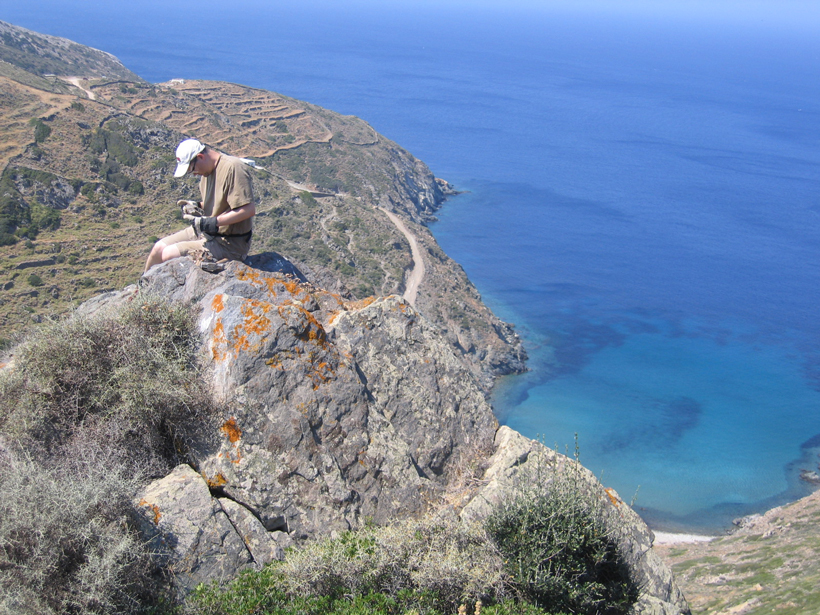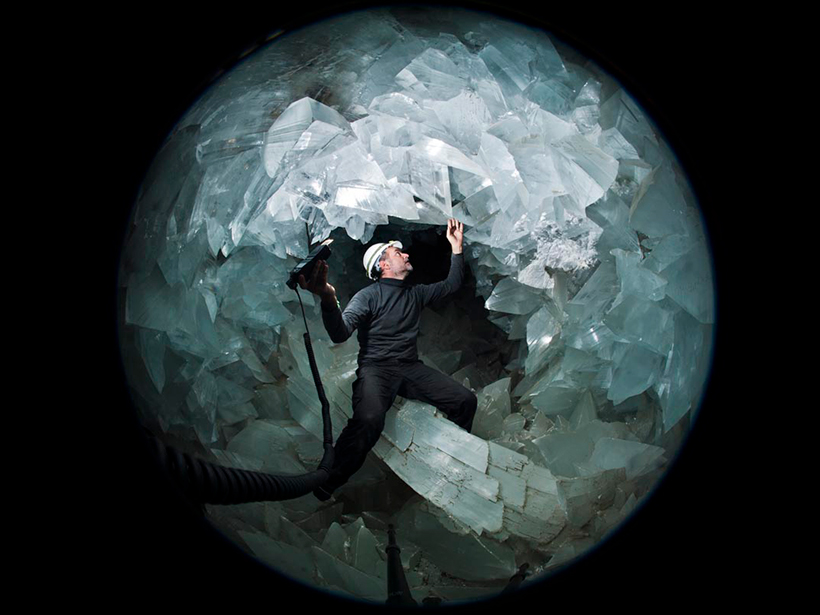Magnetic analysis of mineral composition supports the importance of tropical climate processes in shaping long-term monsoon patterns.
geology
Review of Go-To Iron Analysis Method Reveals Its Pros and Cons
Researchers validated some steps in the standard sequential chemical technique used to extract different forms of iron from rock samples but found inconsistencies in other steps.
Basalts Turn Carbon into Stone for Permanent Storage
Scientists have shown that mineral carbonation can permanently capture and store carbon quickly enough and safely enough to rise to the challenge of climate change.
Earth Rocks and Moon Rocks Are More Different Than We Thought
New analyses of oxygen isotopes reveal terrestrial and lunar rocks aren’t as similar as previously thought, potentially changing the way we think the Moon formed.
Japan Puts Its Mark on Geologic Time with the Chibanian Age
The newly named period in the Pleistocene identifies a key moment in geological history: the last time Earth’s magnetic poles switched places.
Finding Faults in Our Past: Uncovering the Messina Earthquake
The source of the deadly 1908 Italian earthquake may finally be identified, thanks to a fresh look at the geomorphology of the Strait of Messina.
Using Garnets to Explore Arc Magma Oxidation
Samples collected from Greece help researchers piece together a scientific puzzle.
Asbestos Fibers Thread Through Rocks and Dust Outside Vegas
Scientists found natural asbestos minerals in one of the fastest-growing counties in the United States. The health implications aren’t clear, nor are the impacts on development.
How Do Submarine and Terrestrial Canyons Compare?
Insights from a new study could spark discoveries about Martian landscapes and also help researchers get to the bottom of canyon formation here on Earth.
Giant Geode Grew Slow and Steady
Temperature fluctuations, maybe from climate or maybe from geothermal systems, amplified a natural process that grew the crystals.










